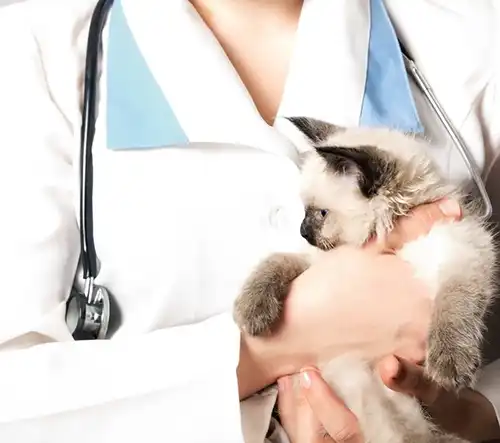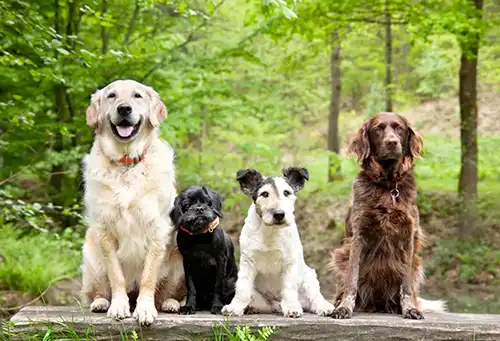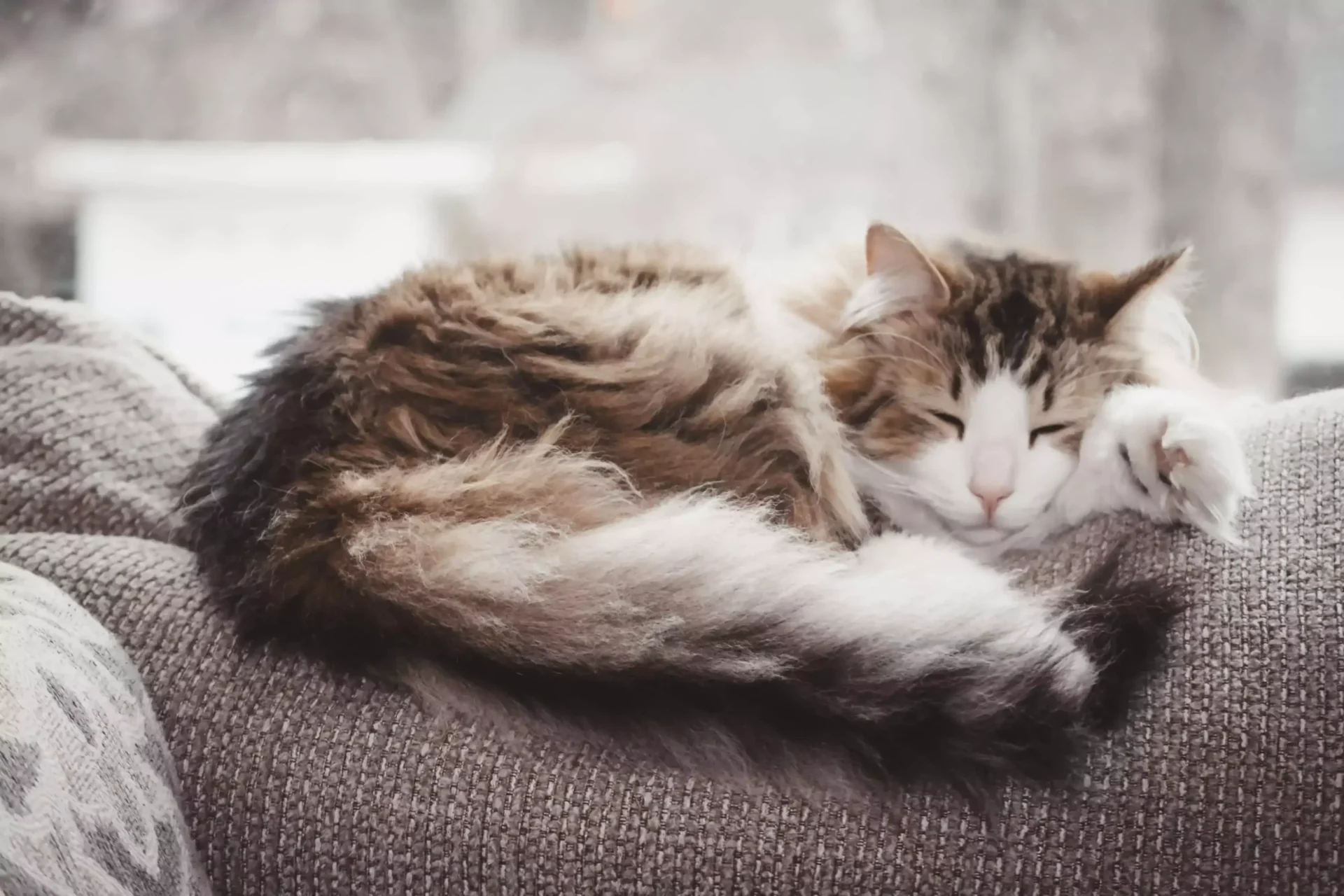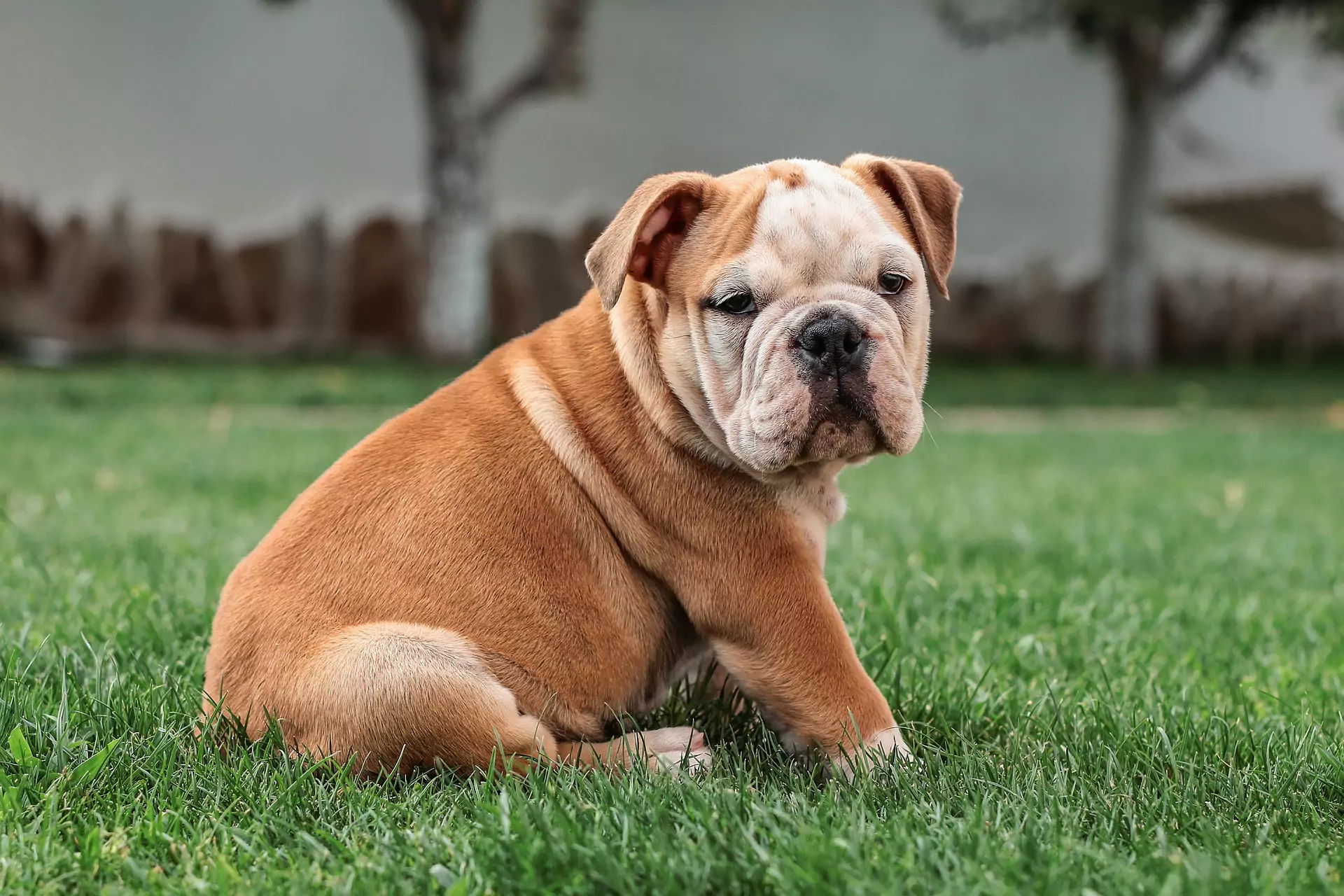Did you know that dogs can suffer from many of the same dental issues as people can? Toothaches are just as painful and dangerous for Fido as they are for us. In a way, they’re even worse: your pet can’t care for his own teeth, and he can’t make himself an appointment or even tell you what’s wrong. In this article, a local San Rafael, Ca veterinarian lists some common dental issues in dogs, and offers tips on caring for your pup’s choppers.
What Are The Most Common Dental Issues In Dogs?
Fido can be afflicted by a wide variety of dental issues. Many of the common dental problems our canine pals face are very similar to those people develop.
Here are a few of the most common ones:
Gum Disease: Gum disease is just as prevalent with pups as it is with people. Nearly 80 percent of pups over the age of three are afflicted. Although the condition is painless and asymptomatic in its early stages, over time it causes tooth shifting and loss. It can also lead to gum and bone loss. Even more concerning: it has been linked to many serious health conditions, such as heart disease. That’s because the infection can move from Fido’s mouth to his vital organs, via his bloodstream.
Broken Teeth: This shouldn’t be much of a surprise, given the fact that Fido uses his mouth to play. (His affinity for chasing sticks doesn’t exactly help here, either.)
Misalignments: Your canine buddy will still be super cute with a crooked smile. However, doggy dental care isn’t really about aesthetics, but rather health and functionality. If your pet has an overbite or underbite, he may have trouble chewing his food.
Overcrowding: This is common in little dogs. Small breeds just don’t have much room for all of those teeth! Overcrowding can in some cases cause or contribute to other issues, such as sinus infections. They can also interfere with your pet’s chewing ability.
Abscesses: Abscesses can be extremely painful, both for humans and dogs. Smaller ones may go unnoticed for a time. However, larger ones often cause swelling. Abcesses are extremely painful and extremely serious. While any infection has the potential to be dangerous, ones in the mouth are particularly worrisome because they are so close to the brain.
Signs Of Dental Issues In Dogs
Fido can’t tell you if something is wrong, so you’ll need to keep an eye out for signs that something is wrong. Here are a few of the key ones to watch for:
- Bad Breath
- Swelling
- Ropy, stringy, or excessive drool
- Bleeding Gums
- Tartar Buildup
- Reduced Interest In Play
- Visible Cracks
- Misalignments
- Eating More Slowly
- Preferring Soft Food
- Chewing On One Side Of The Month
- Dribbling Food
- Withdrawal
- Not Wanting Face/Head Touched
Contact your San Rafael, Ca veterinarian right away if you notice any of these issues. Dental issues can seriously affect Fido’s overall health and quality of life. They can also be quite dangerous! There’s the risk of infection, as mentioned above. Dental problems can also interfere with Fido’s ability to chew and eat.
How Do I Care For My Dog’s Teeth?
Dental care is one of the most overlooked aspects of pet care. Even the most loving owner can miss warning signs. Taking care of Fido’s teeth doesn’t have to be complicated or time consuming.
Here are a few things you can do:
Brush Your Dog’s Teeth
While we’ve been giving our canine pals chew sticks for a while. brushing Fido’s teeth has also only fairly recently become popular with the majority of people. Of course, you’ll need to get your furry friend on board with the process.
Here are a few tips for that:
Start Young: You’ll definitely have the upper paw if you get your pet used to this while he’s still a puppy. Ideally, little Fido will grow up just assuming that this is part of being a Good Boy.
Ease Into It: Don’t just put a toothbrush into your canine pal’s mouth and hope for the best. Get him used to having his teeth and gums touched first. Include praise to sweeten the deal.
Make It A Routine: Dogs often thrive when they are kept on a steady schedule. Take time to brush Fido’s teeth every day. Once he’s used to the process, it should only take a minute or so.
Use The Right Equipment: You can get toothbrushes made just for Fido. Finger toothbrushes are also fine, and may be a bit easier for you. Don’t use things made for people. Our products aren’t angled the right way for dogs’ teeth. Plus, toothpastes made for people may contain things that aren’t safe for pets.
Speaking of toothpaste, you may want to choose a flavored one. This will make the experience more pleasurable for Fido, and therefore easier for you.
Reward Your Pup: Giving Fido a treat just after brushing his teeth may seem to defeat the purpose, but it can go a long way towards helping your pet form a positive impression about it.
Consider Other Doggy Dental Care Options
Sometimes dogs just won’t stand to have their teeth brushed. This isn’t something you want to force, especially with a larger dog. It may be better to look into other options instead.
There are a few to consider. Dental treats and chews are formulated to remove plaque, which will prevent tartar buildup and, in turn, ward off gum disease and infections.
You may also want to look into oral rinses or dental flakes. Another option is to give Fido a chew bone, such as a Nylabone, with doggy toothpaste on it. Be sure to ask your San Rafael, Ca veterinarian for recommendations.
Have Your San Rafael, Ca Veterinarian Check Your Dog’s Teeth Regularly
Fido should have his teeth checked at least once a year, starting around age one. In between visits, watch for signs of dental issues. Contact your San Rafael, Ca animal clinic right away if you notice anything amiss.
It’s also a good idea to get customized advice about your pet’s care. Fido’s needs will vary a bit based on his personality, breed, age, and size. For instance, smaller flat-faced dogs often have issues with overcrowding, while heavy chewers may be at risk of broken teeth.
Provide Fresh Water
This hopefully goes without saying, but Fido should always have plenty of fresh, clean water available. On hot days, you can also offer him a few ice cubes to chew on. Just don’t give him too many!
Offer Chew Toys
It’s also important for your canine companion to have suitable chew toys. These help keep your pet’s teeth clean by scraping away plaque and food residue. They also stimulate the flow of saliva, which is also important to helping your pet’s mouth healthy.
There are a few things to consider here. Bones, as you may know, are a bit controversial. Despite that old iconic image of dogs happily gnawing on bones, they really are neither safe nor suitable for him. Cooked bones can break off into very sharp pieces. That is very dangerous. These are not only huge choking hazards, they can cause internal damage if swallowed. Rawhide is also unsafe for many dogs for the same reasons.
Raw bones do not break as easily, but may be dangerous due to germs and bacteria. Ask your San Rafael, Ca vet for specific advice.
In conclusion: Just like people, dogs can suffer from many different dental issues. Caring for your pet’s teeth can help prevent many of these problems.
Do you have questions about caring for your pet’s teeth? Have you noticed any of the warning signs we listed above? Contact us, your local San Rafael, Ca pet hospital, today.







!Social Media Icons